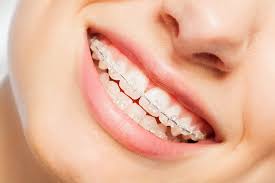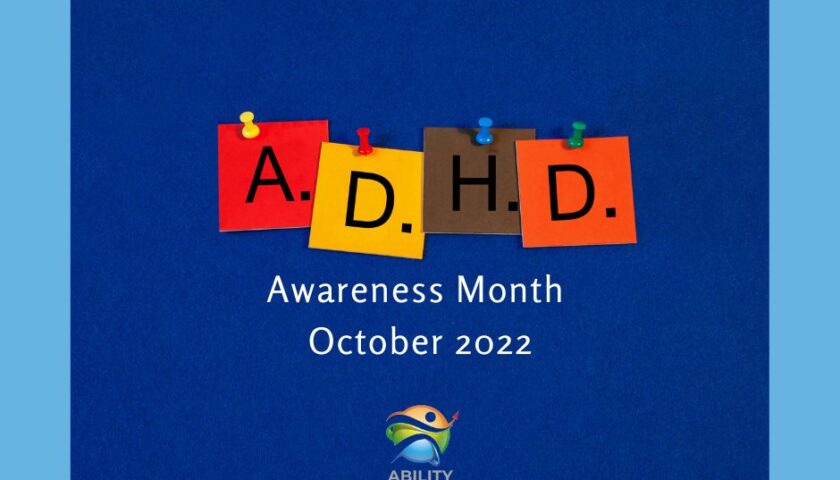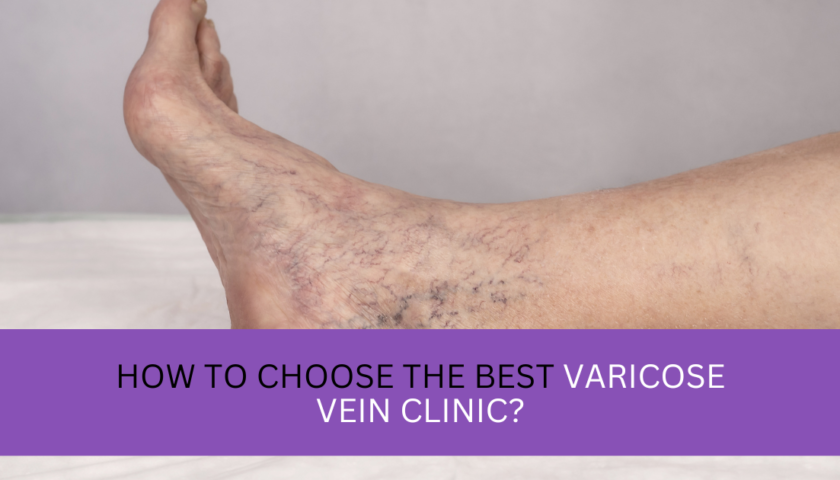Migraines are debilitating headaches characterized by intense throbbing pain, often accompanied by nausea sensitivity to light, and sound. They can significantly disrupt daily life, causing individuals to miss work social engagements, and even struggle with basic tasks. The impact of migraines extends beyond the physical realm, affecting one’s emotional well-being and overall quality of life.
This chronic condition can lead to a cycle of pain, anxiety, and reduced functionality. Physical Therapy for Migraines has emerged as a promising approach. By employing specialized exercises, manual techniques, and tailored interventions, Physical Therapy aims to alleviate pain, improve posture, and enhance muscle function, offering a holistic means to manage and mitigate the debilitating effects of migraines.
Benefits of Physical Therapy for Migraines
Here are some points outlining the benefits of Physical Therapy for Migraines:
1. Pain Management and Reduction
Physical Therapy offers non-pharmaceutical techniques to manage and reduce migraine pain effectively. Through targeted exercises, manual Therapy, and techniques like myofascial release, therapists work to alleviate muscle tension and promote relaxation, thereby reducing the frequency and severity of migraines.
2. Improved Posture and Muscle Function
Many migraines are exacerbated by poor posture and muscle imbalances. Physical Therapists design specific exercises and stretches to address these issues. By enhancing muscle strength and correcting posture, individuals can experience fewer migraine triggers and a decreased headache intensity. Regular physical therapy sessions can help maintain proper posture and reduce migraine symptoms. PT can also help individuals identify potential triggers and develop strategies for avoiding them.
3. Stress Reduction and Relaxation Techniques
Stress is a significant trigger for migraines. Physical Therapists teach relaxation techniques such as deep breathing, progressive muscle relaxation, and mindfulness practices. These methods help individuals manage stress levels effectively, leading to a reduction in the frequency and intensity of migraines. The techniques help to reduce stress levels by calming the body and mind. Additionally, they help the individual to become more aware of the physical sensations associated with stress, allowing them to recognize better when stress is building up and to take preventative action.
4. Individualized Treatment Plans
Physical Therapy is highly personalized. Therapists assess each individual’s unique needs, triggers, and limitations. They then design a tailored treatment plan that addresses specific migraine-related issues. This individualized approach ensures that the Therapy is targeted and effective. The therapist evaluates the patient’s medical history, lifestyle, and daily activities and designs a plan that fits the patient’s individual needs. This includes targeting any underlying issues causing the migraines, such as posture, muscle tension, or stress. The therapist also creates an exercise program tailored to the patient’s lifestyle and goals.
5. Empowerment through Education
Physical Therapists educate individuals about their condition and provide tools for self-management. This includes teaching techniques for self-massage, posture correction, and exercises that can be continued at home. Physical Therapy becomes essential to their long-term care by empowering individuals with the knowledge and skills to manage their migraines.
Physical Therapy for migraines offers a comprehensive and holistic approach to managing this debilitating condition. By focusing on pain reduction, muscle function improvement, stress management, and personalized care, Physical Therapy plays a vital role in enhancing the overall well-being and quality of life for individuals affected by migraines. Physical Therapy helps to identify and address the underlying causes of migraines through movement, manual Therapy, education, and relaxation techniques. This helps to reduce the risk of future migraines, improve overall physical functioning, and reduce stress.
Techniques Used in Physical Therapy for Migraines
Physical Therapy employs a range of specialized techniques to address migraines effectively:
1. Manual Therapy
This hands-on approach involves skilled manipulation of soft tissues and joints. Techniques such as massage, myofascial release, and joint mobilization alleviate muscle tension, improve blood flow, and enhance overall relaxation, all reducing migraine frequency and intensity. By releasing muscle tension, these techniques also help to reduce inflammation and swelling, which can contribute to migraines. Additionally, improved blood flow helps to reduce pressure in the head, which can help alleviate migraine symptoms.
2. Postural Education and Correction
Physical Therapists assess posture and identify any misalignments or imbalances contributing to migraine triggers. They then implement corrective exercises and ergonomic advice to improve posture, which can help alleviate tension in the neck and shoulders, common areas of migraine-related discomfort. Good posture not only helps to reduce muscle tension but also helps to increase blood flow to the head and neck. This helps to reduce inflammation, a crucial contributing factor to migraine headaches.
3. Strengthening and Stretching Exercises
Tailored exercise programs target specific muscle groups contributing to migraine symptoms. Strengthening exercises focus on building muscle support around the neck, shoulders, and upper back while stretching exercises aim to increase flexibility and reduce muscle tension.
4. Biofeedback
This technique utilizes electronic monitoring to provide real-time feedback on physiological processes such as muscle tension, heart rate, and skin temperature. By learning to control these responses, individuals can gain greater awareness and control over physical reactions to stress, ultimately reducing the frequency and severity of migraines.
5. Breathing and Relaxation Techniques
Physical Therapists teach deep breathing exercises and relaxation techniques to help individuals manage stress and tension, both common migraine triggers. These practices promote a state of calm, reducing the likelihood of migraine onset.
Physical Therapy Services in Brownstown
Physical Therapy in Brownstown is a beacon of comprehensive care and expertise. Staffed with skilled and compassionate therapists, the facility offers a wide range of specialized treatments tailored to individual needs. From manual therapy techniques that alleviate pain and improve mobility to personalized exercise programs designed to strengthen muscles and correct posture, the services provided prioritize the well-being and recovery of each patient.
Additionally, the clinic emphasizes patient education, empowering individuals with the knowledge and tools to participate in their rehabilitation journey actively. With a commitment to excellence, Physical Therapy in Brownstown is a vital resource for those seeking practical, personalized, and holistic care.
Conclusion
Physical Therapy emerges as an invaluable ally in the battle against migraines. Using targeted techniques such as manual therapy, postural correction, and tailored exercises, it addresses the root causes of migraine pain and provides practical, non-pharmaceutical relief.
As a personalized and comprehensive treatment option, Physical Therapy stands as a beacon of hope for those seeking lasting relief from the debilitating effects of migraines.





